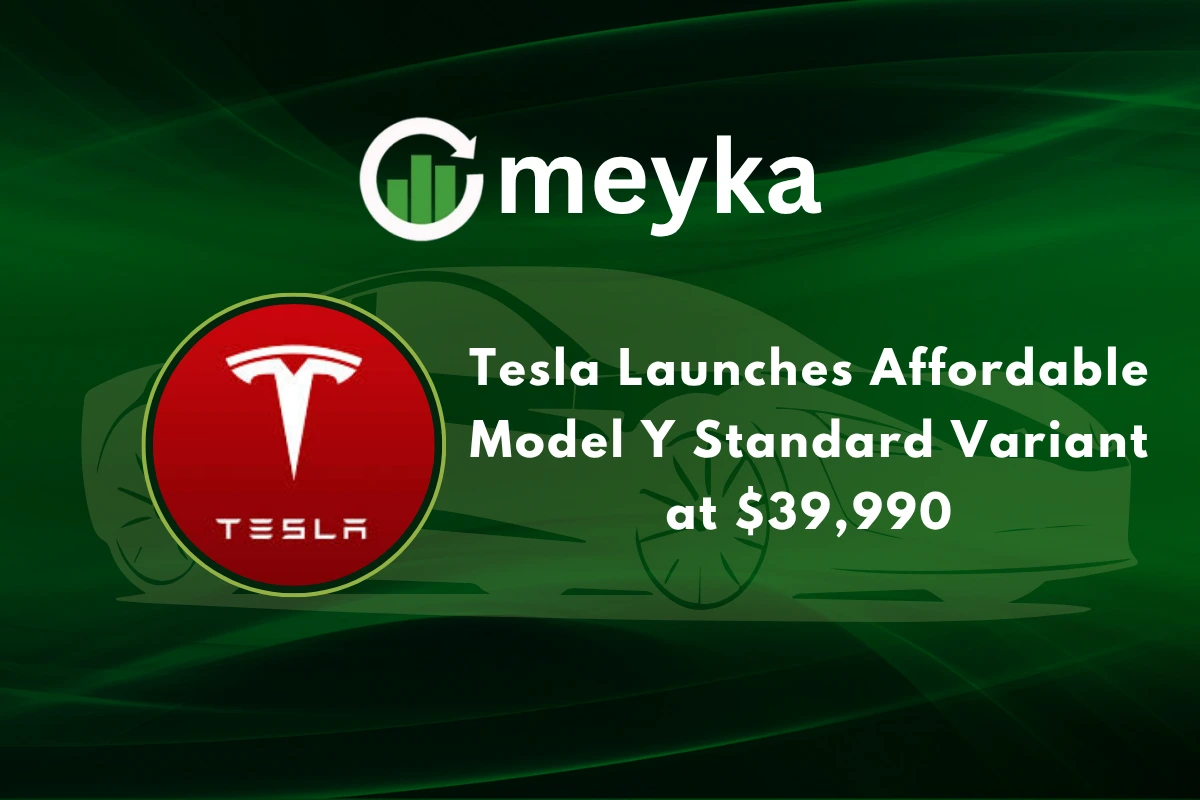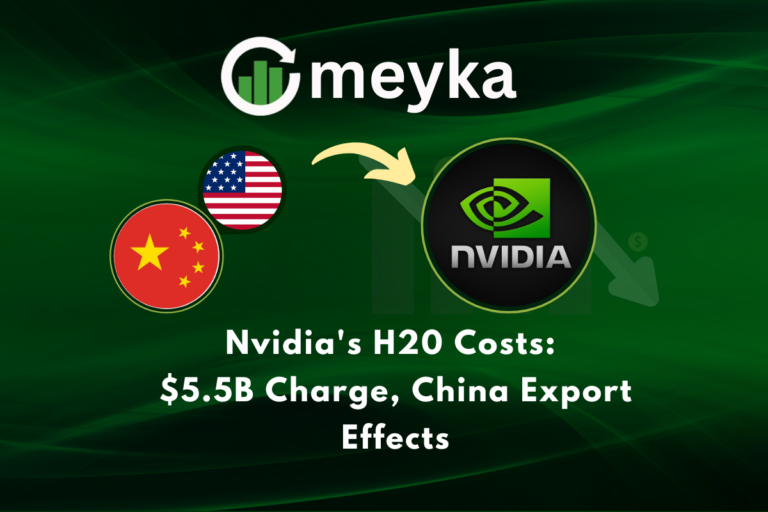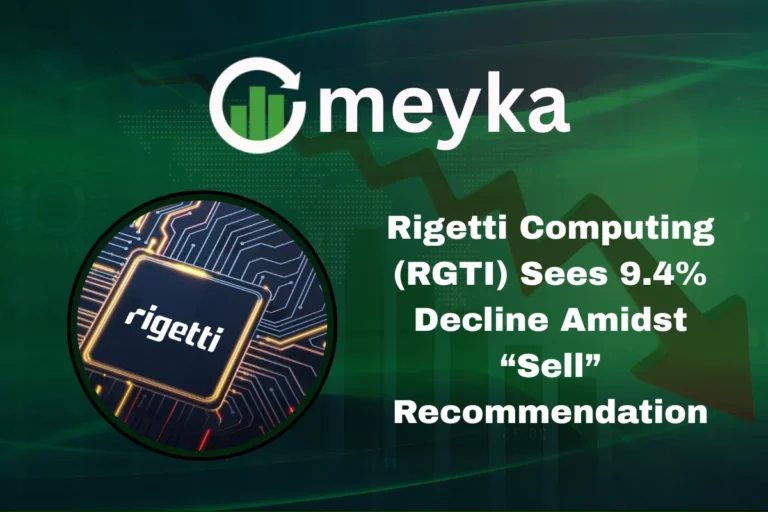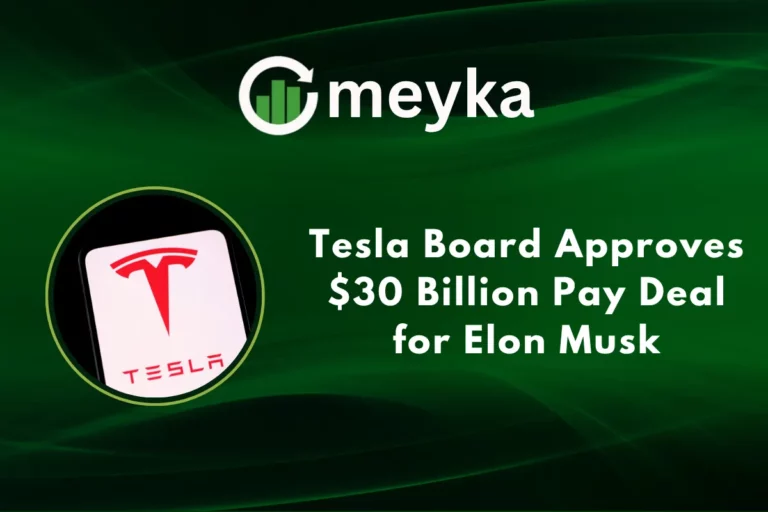Tesla Launches Affordable Model Y Standard Variant at $39,990
On October 7, 2025, Tesla surprised the auto world by launching a new Model Y Standard variant priced at $39,990. This makes it one of Tesla’s most affordable electric SUVs yet. For years, Tesla cars were seen as premium options, often out of reach for average buyers. Now, the company seems ready to change that.
We’re seeing a big shift in Tesla’s strategy. As global EV competition heats up and government tax credits fade, Tesla is turning toward affordability and higher sales volume. The new Model Y promises familiar Tesla performance but with fewer luxury features, making it lighter on the wallet without losing the brand’s signature feel.
This move isn’t just about price; it’s about timing. With rising interest rates and EV demand slowing in key markets, Tesla’s decision could redefine how electric vehicles compete in 2025. The question is, can Tesla balance affordability, innovation, and profit all at once?
Background and Context
On October 7, 2025, Tesla unveiled the Model Y Standard. The price was set at $39,990. This marks a clear shift from Tesla’s long-standing premium stance. The move follows the end of the $7,500 U.S. federal EV tax credit. That credit had helped make many EVs cheaper. Its removal left a gap in buyer incentives. At the same time, rivals poured out lower-priced EVs.

Brands such as Hyundai, Kia, Chevrolet, and fast-growing Chinese firms have added pressure. Tesla’s decision appears aimed at holding market share as incentives fade and competition grows.
What’s New in the Model Y Standard?
The Model Y Standard keeps a lot of Tesla DNA. It uses a rear-wheel-drive layout. The EPA range is listed at about 321 miles. Tesla reports 0-60 mph in roughly 6.8 seconds for this variant. The car has a 15.4-inch center touchscreen and seating for five. To hit the lower price, several features were simplified or removed. Full Autosteer is not standard on this trim.
The car instead includes adaptive cruise, automatic emergency braking, and blind-spot monitoring. Interior materials are less premium, with part-cloth seats and a shorter center console. Audio systems and some comfort features are pared back.
Tesla also tweaked aerodynamics and reduced weight to help range and efficiency. Deliveries were expected to begin in late 2025. These details come from Tesla and multiple reporting outlets.
Rationale Behind the Move
Tesla faces a simple choice: push volumes or defend margins. Lowering the price helps sales volume. It can also blunt the advance of low-cost rivals. The new trim is likely meant to capture price-sensitive buyers who would otherwise choose other brands. Tesla has previously hinted at more affordable models, though a $25,000 car never materialized.
Cutting features instead of core engineering costs is one way to lower the sticker price without reworking factories. The company also benefits from scale. Selling more cars can spread fixed costs and improve factory throughput. Still, big questions remain about how much margin can be given up before profitability erodes.
Reactions and Market Implications
Investor reaction was mixed. Stocks dipped after the announcement amid profit-margin concerns. Some analysts warned that cheaper trims might cannibalize higher margin models. Others said the price cut could boost deliveries and fend off share loss to rivals. Media outlets and dealers noted that the new price sits just above the $40,000 threshold. That psychological level matters for many buyers and fleets. Competitive response is likely.

Rival makers may accelerate their own price moves or launch new entry models. For traders and research teams, the news triggered fresh runs of valuation models and forecasts. Some used an AI stock research analysis tool to test scenarios on margin impact and volume gains. Those early tests showed a narrow window where higher volume offsets lower profit per car.
Risks, Challenges, and Limitations
A stripped model carries reputational risk. Tesla built a brand around tech and a premium feel. Removing signature features could dent that perception. Customers buying on price may accept compromises. But some buyers may find the tradeoffs too large. Profitability is another worry.
Tesla’s operating margin depends on higher trim sales and software revenue. If many buyers shift to the cheap version, average revenue per vehicle could fall. There is also the regulatory and safety angle. Removing driver assist functions must be done carefully to meet the rules in different markets.

Supply chain volatility also matters. Battery and raw material costs can swing, erasing expected savings. Finally, global demand patterns vary; a U.S. price cut does not guarantee similar results in Europe or Asia.
What does it mean for Consumers?
The Model Y Standard makes Tesla more reachable for middle buyers. The lower price can shorten payback time through fuel savings for many drivers. Total cost of ownership will depend on local electricity costs, insurance, and resale values. Some buyers will welcome the pared-down interior and lack of certain features as fair trade for price.
Others will prefer older, used Teslas with richer options. Buyers who want full Autopilot or high performance will still choose higher trims. For fleet buyers and ride-hailing services, the lower price may be attractive if reliability and range hold up in real use.
Conclusion and Outlook
The Model Y Standard is Tesla’s tactical answer to a shifting EV market. The launch on October 7, 2025, came at a crucial time. The loss of federal credits and the rise of competitive, low-cost EVs made this move urgent. The key tests will come in the next quarter. Watch delivery numbers, mix between trims, and margin trends.
Also, watch how rivals respond in price and features. If the cheaper trims lift volume enough, Tesla can claim a win. If margins slip too far, pressure on the stock and on investment plans could grow. Either way, the new Model Y Standard marks a clear new chapter in the EV price wars.
Frequently Asked Questions (FAQs)
The Model Y Standard offers an EPA-rated range of about 321 miles and accelerates from 0 to 60 mph in about 6.8 seconds.
Tesla removed or simplified features such as Autosteer, rear entertainment screen, AM/FM radio, ambient lighting, and some comfort options.
The Model Y Standard was launched on October 7, 2025, with a starting price of $39,990 in the U.S.
Disclaimer: The above information is based on current market data, which is subject to change, and does not constitute financial advice. Always do your research.






